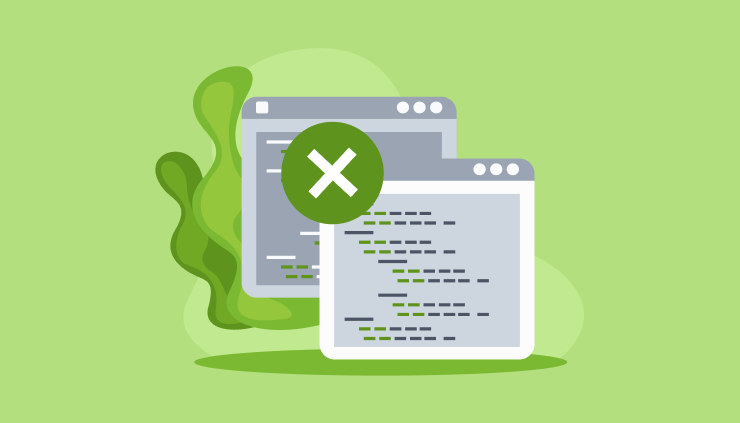Everything You Need to Know About eIDAS Regulation and Compliance
eIDAS regulates the use of electronic signatures and transactions in the EU internal market. This regulation is a legislative norm in all EU countries, which creates conditions for the functioning of the European internal market for trust services.
For non-European countries and citizens, the eIDAS infrastructure is used when a person owns a business in the EU or has operations in these countries.
What is the eIDAS Regulation?
The eIDAS Regulation, short for "Electronic Identification, Authentication, and Trust Services," is a comprehensive framework established by the European Union to regulate electronic transactions and enhance digital trust across borders. Enforced since July 2016, eIDAS aims to create a standardized and secure environment for electronic signatures and other electronic identification methods.
eIDAS Compliance
Ensuring eIDAS compliance is crucial for businesses operating within the European Union or engaging in cross-border transactions with EU entities. Compliance involves adhering to the regulation's requirements for electronic identification, authentication, and trust services. There are various levels of electronic signatures defined by eIDAS, each serving different purposes.
Difference Between Digital and Electronic Signatures
Before delving into the types of electronic signatures, it's essential to distinguish between digital and electronic signatures. A digital signature is a specific type of electronic signature that uses cryptographic techniques to verify the authenticity of a digital message or document.
On the other hand, electronic signatures, a broader category, encompass various methods of signing documents electronically. While both digital and electronic signatures are crucial components of eIDAS compliance, the regulation primarily focuses on differentiating between three levels of electronic signatures.
|
Type of Electronic Signature |
Description |
Security Level |
Key Features |
|
Simple Electronic Signature (SES) |
Basic form of e-signature using methods like "I agree" checkboxes or scanned images of handwritten signatures. |
Low |
Widely accepted but susceptible to forgery. |
|
Advanced Electronic Signature (AES) |
Offers higher security and authenticity. Must be uniquely linked to and capable of identifying the signatory. |
Medium |
Must be created using means solely controlled by the signatory; any alteration is detectable. |
|
Qualified Electronic Signature (QES) |
Highest level of eIDAS compliance, requires a qualified digital certificate from a trust service provider. |
High |
Legally equivalent to a handwritten signature; used for high-trust transactions. |
Read also: Enterprise Cyber Security: Best Practices
Simple Electronic Signature (SES)
The Simple Electronic Signature (SES) is the most basic form of electronic signature. It involves using electronic methods, such as clicking an "I agree" checkbox or inserting a scanned image of a handwritten signature, to signify consent or approval. While SES is widely accepted, it may not provide the highest level of security and can be susceptible to forgery.
Read also: Key Steps to Improve Cybersecurity in Healthcare
Advanced Electronic Signature (AES)
The Advanced Electronic Signature (AES) offers a higher level of security and authenticity compared to SES. To qualify as an AES, the signature must be uniquely linked to the signatory, capable of identifying the signatory, created using means under the sole control of the signatory, and linked to the data in such a way that any subsequent alteration is detectable.
Qualified Electronic Signature (QES)
At the highest level of eIDAS compliance is the Qualified Electronic Signature (QES). This type of signature requires a qualified digital certificate issued by a qualified trust service provider. QES provides the highest level of security and is legally equivalent to a handwritten signature. It is often used for transactions requiring a high level of trust, such as legal contracts and important agreements.
Why is eIDAS Important?
eIDAS plays a pivotal role in fostering trust and confidence in electronic transactions, contributing to the growth of the digital economy. By providing a legal framework for electronic signatures and identification, eIDAS facilitates secure cross-border transactions, reduces paperwork, and enhances the overall efficiency of digital processes.
Businesses that embrace eIDAS compliance benefit from reduced administrative burdens, increased security, and improved customer experiences. Additionally, eIDAS-compliant electronic signatures are legally recognized across EU member states, streamlining processes and transactions that involve multiple jurisdictions.
Read also: Best Practices of Security & Protection of Mobile Applications
How to Develop a eIDAS-Compliant Product
Understanding and implementing eIDAS compliance is essential for businesses operating in the European Union or engaging in cross-border transactions. The regulation enhances the security and reliability of electronic signatures and paves the way for a more efficient and digitally-driven business environment. As technology continues to advance, eIDAS remains a cornerstone for building trust in the digital era. SDH company's competencies and experience allow it to create software that meets the regulations' requirements. Our team will offer solutions that will help your business realize its potential and scale.
Categories
Share
Need a project estimate?
Drop us a line, and we provide you with a qualified consultation.









